If you were a Habsburg this was your vacation house. Schönbrunn palace was originally a “hunting lodge”. The family escaped the summer heat of Vienna by horse-drawn carriage and traveled the ten miles or so out to this estate.
First acquired in 1569 by the Holy Roman Emperor Maximilian II (a Habsburg), the family built upon the existing mansion already there. By 1640, the palace was being referred to as Schönbrunn . The young Marie Antionette (a Habsburg) spent time here in the mid-1700’s before marrying the future King of France.
Its apartments are exquisitely designed with interior courtyards to allow sunlight into the inner rooms where the royal family lived and worked. Servants hustled about in narrow corridors between the walls to keep the fires stoked in the backside of ceramic fireplaces. Nobility would arrive by carriage to the grand entrance and be whisked up the double staircases into the hall. Here, dances and banquets were held and the empire’s elites were seen.
In 1867, the Austro-Hungarian empire was formed when the Habsburg family successfully negotiated the addition of the Kingdom of Hungary to the Empire of Austria. The empire was the second-largest country in Europe (after the Russian Empire) and the third-most populous (after Russia and the German Empire). At its zenith, it controlled the countries that bear its name and much of Poland, Italy, Czech Republic, Romania, Serbia, Ukraine, and on and on among smaller nations. Its last significant Habsburg, Emperor Franz Jospeh I, ruled from 1850 to 1916—sixty-six years. His wife, Elisabeth (known as “Sisi”), was beloved in the great capital of Vienna and the city still bears her image everywhere. She is famous for carefully exercising and dieting to take care of herself and for her hair that reached well past her corseted, 16-inch waist. She tried not to allow her image to be painted or captured after age 30 as she wanted to be remembered as always young. Franz Joseph took his duties very seriously and worked 12-16 hours a day, with an eye for administrative minutiae. He slept in a spare, “soldier’s bed” and considered himself, like a member of the Empire’s military, to be on duty at all times.
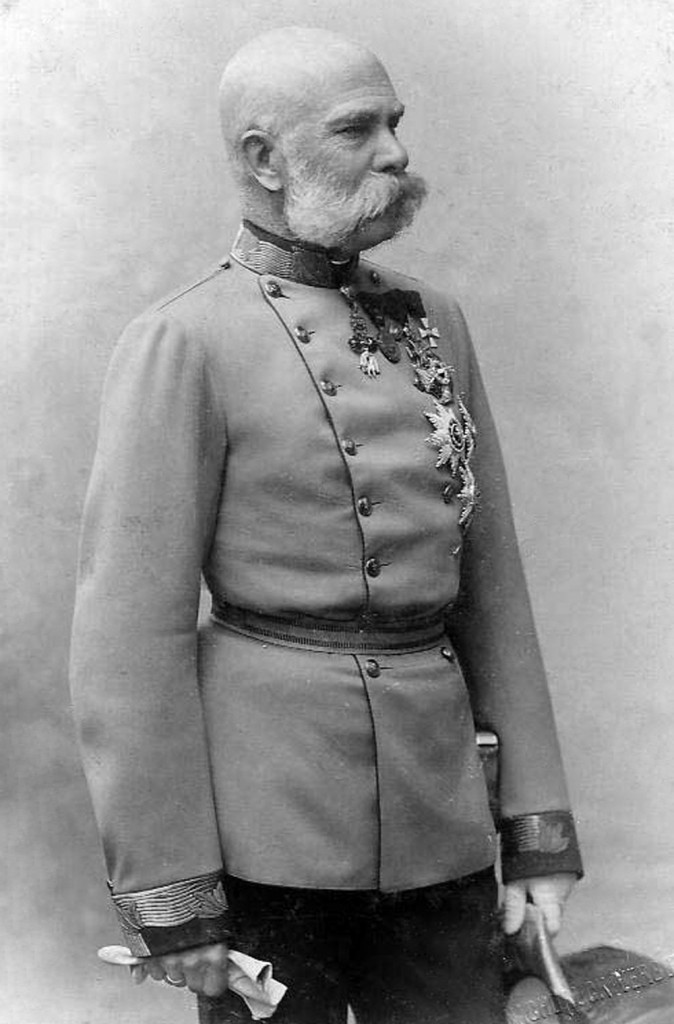
Franz Joseph lost his only son to a murder-suicide with a mistress in 1889. Then he lost his wife Sisi to a political assassination in Geneva by an Italian anarchist in 1898. His brother Karl Ludwig had died from drinking contaminated water. His surviving brother, Maximilian, was executed in 1867 by a Mexican firing squad after unsuccessful three-year-stint as that nation’s emperor. This left the Empire’s heir as Karl Ludwig’s son, Archduke Franz Ferdinand. It was Franz Ferdinand who was assassinated in June 1914 in Sarajevo by a Bosnian Serb nationalist. Nationalists there protested the influence of the Empire over their nation. Franz Jospeh followed the counsel of his advisers and took a hard-line approach toward Serbia, setting off the chain of events that led to WWI.
You can still see the desk where Franz Joseph was working in the evening trying to catch up on work he’d missed while ill with pneumonia. He went to lay down on his cot and told his servant to get him up in a few hours to continue his work. He did not make it back to his desk that night. He was 86 years old.
Two years later, WWI ended. Austria had been on the losing side of the Great War, and the Austro-Hungarian Empire was dissolved. Franz Joseph’s successor, his great-grandnephew, resigned his constitutional powers at the Armistice in 1918. He tried to regain his throne a few months later and was exiled.
The Austrians, unlike the English, do not seem to relish their royal family. The family was banished from Austria immediately after WWI. The last heir to the Austro-Hungarian Empire, Otto von Habsburg, was nine years old in 1922 when his father passed away and young Otto became the head of the House of Habsburg. Even though he was never a ruling monarch, he renounced any claim to the crown in 1961. Only five years after that did the Austrians let him back into the country. However, his passing in 2011 at age 98 prompted a state funeral in Vienna.
The Habsburg family traces its roots back to the 11th century. One facet of their legacy is the enriching cultural legacy they’ve left Vienna. A Habsburg held the position of Holy Roman Emperor nearly continuously from 1452 until the dissolution of the Empire due to its defeat by Napoleon in 1806. And we get riled up when nearly any administration overstays its welcome at eight years! The Habsburgs were one of those influential houses whose descendants reached into the royal families of all Europe.
UNESCO placed the Schönbrunn palace on its World Heritage List in 1996, as a magnificent example of Baroque architecture and gardens. Now, certain municipal officials are allowed to live in rent-controlled palace apartments here.
The grounds were opened up to the public over two hundred years ago. You could easily get lost amongst the geometric rows of sculpted trees and local runners bouncing past. The grounds hold a zoo, private gardens and a children’s playground and hedge maze. You can stomp out melodies, hurry past “surprise” water jets, shimmy up climbing poles and race your siblings through the maze. A viewing platform up top holds parents and the birds-eye view of direction-givers. We did a lot of playing and hiked up the hill to the Gloriette Arch with the view of the grounds.
We have noticed a phenomenon of, “Dad, take a picture of this so we can build it in Minecraft!”
We met the girls after they’d finished their time of joy with the Lippizaners at the Spanish Riding School. By the way, the entire baroque hall where the horses perform is just one hall of many in the Habsburg’s other palace in the heart of Vienna. We linked up at a classic Viennese cafe for coffee and cake.
Vienna is a city that takes its cafes very seriously. Viennese coffeehouse culture goes back at least 300 years. We enjoyed one of the traditional cafes—the Cafe Tirolerhof. The newspapers lay on tables in their wooden holders for easy reading. A glass display case presents tantalizing cakes and pastries. The waiters wear long shirt sleeves and jackets. Small pouches emerge at their waists for quickly making change. Ours did not smile much and was all business.
The coffee menu is long, and strange. Many of these drinks are found only in Vienna. Coffee, here, is an art form. Apparently, if you order just a “Latte”, you may be taken for an Italian and brought hot milk. A “Melange”, or Verlängerter, is made with hot and foamed milk and dusted with cinnamon or cocoa powder—similar to a cappuccino. The “Kapuziner” is a small black coffee with a bit of Schlagobers (heavy whipped cream) so the coffee takes on the color of a monk’s hood. A “Faiker” is a “Verlängerter with hot milk and served in a glass. An “Einspänner” is a Faiker with lots of Schlagobers on top and extra sugar for sprinkling. I could go on and on. Apparently, coffee house waiters used to bring out a chart showing various hues of coffee colors—like a paint sample card—so a patron could select their precise shade.
Several patrons lingered at their tables over a small coffee and water, reading the newspapers. It all worked together to make you feel underdressed coming from the kids’ playground. But that never stopped us fellas, anyhow. We’re Americans after all, so I ordered a “Big Gulp of Joe, leave room for the cream and look lively, man! By the way, can you put the game on?”
The girls could hardly get the words out fast enough about the amazing Lippizaners. I video’d the girls’ wide eyes and tumbling words and wished this site could hold a file that large. The boys feigned interest then launched into their stories about all the digging they’d done and fun they’d had and the hedge maze and the fountains and the Hippocampi statues (from Percy Jackson books, of course) and the…. There may been an attempt to one-up the girls buried in there somewhere…
The apple strudel was delicious, of course. I ordered something that sounded like a large latte, which the waiter brought in a tall glass without a handle. It was burning-up hot and I couldn’t hoist the beauty for some time. The tiny glass of water they bring with the coffee is a great finish to an afternoon coffee. Everything tasted fabulous. It seems we have a trend here of blog posts involving coffee and/or pastries.
When our young waiter brought Will’s hot chocolate, he let the angle of the saucer drop just a bit as he lowered it to the table. Some of the cocoa crept over the edge of the mug and pooled in the saucer. The corners of his mouth turned grim and he used a napkin to wipe out some of the cocoa from the saucer. He couldn’t get it all right away and was likely left with the internal debate of removing the drink completely to reaccomplish or to leave it as is. He left it with us but seemed disgusted about the appearance of the drink he’d failed to deliver adequately.
Somehow, Will ended up managing to survive this egregious error in beverage aesthetics. He’s good like that!
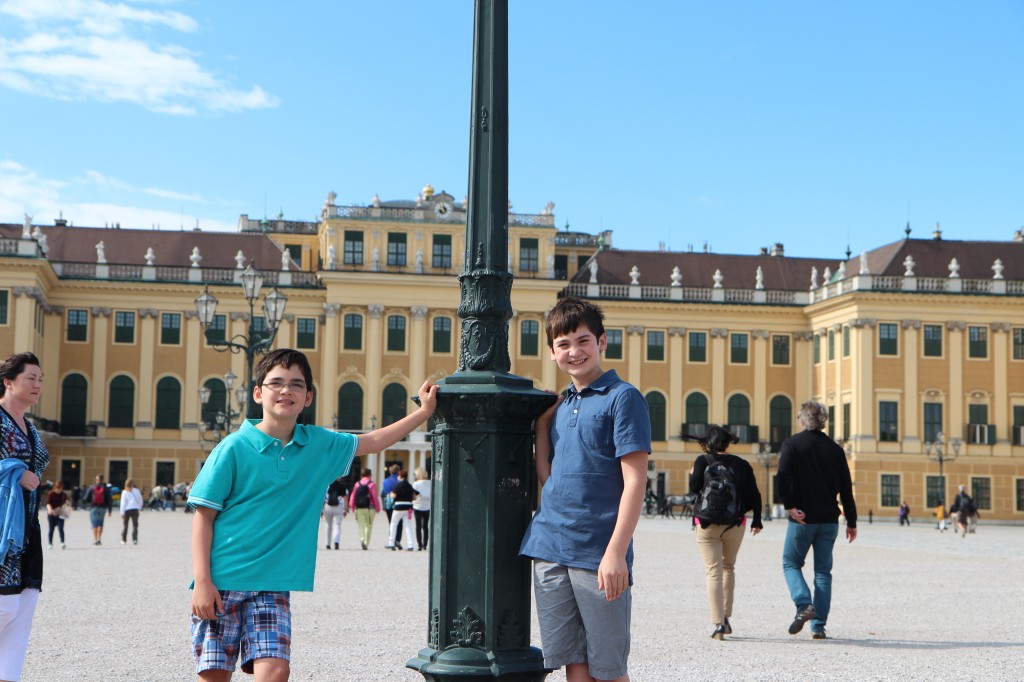
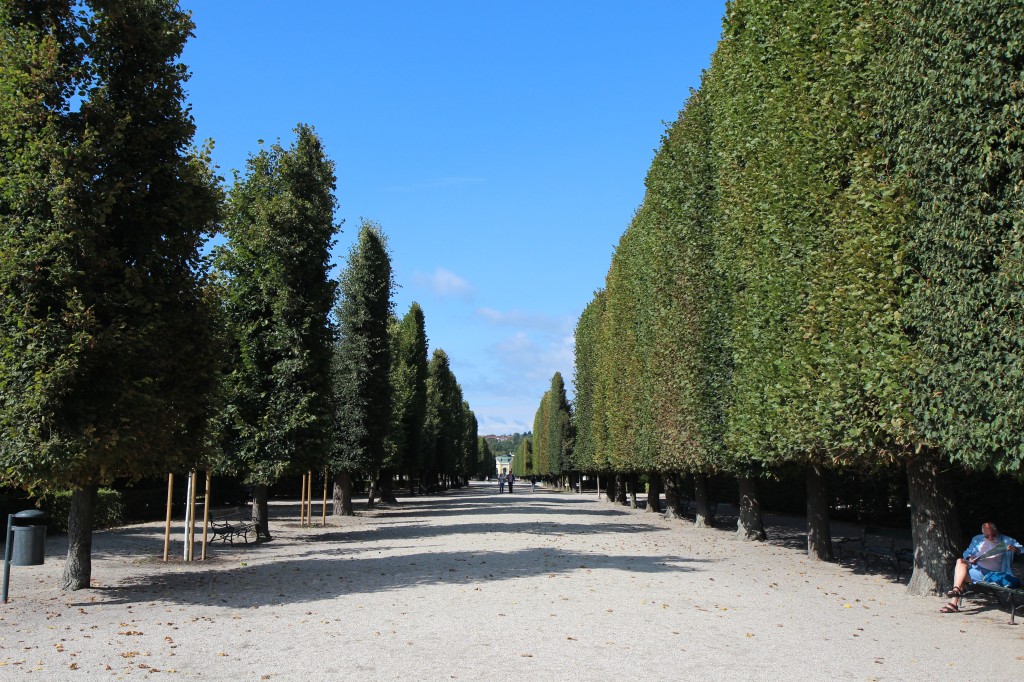
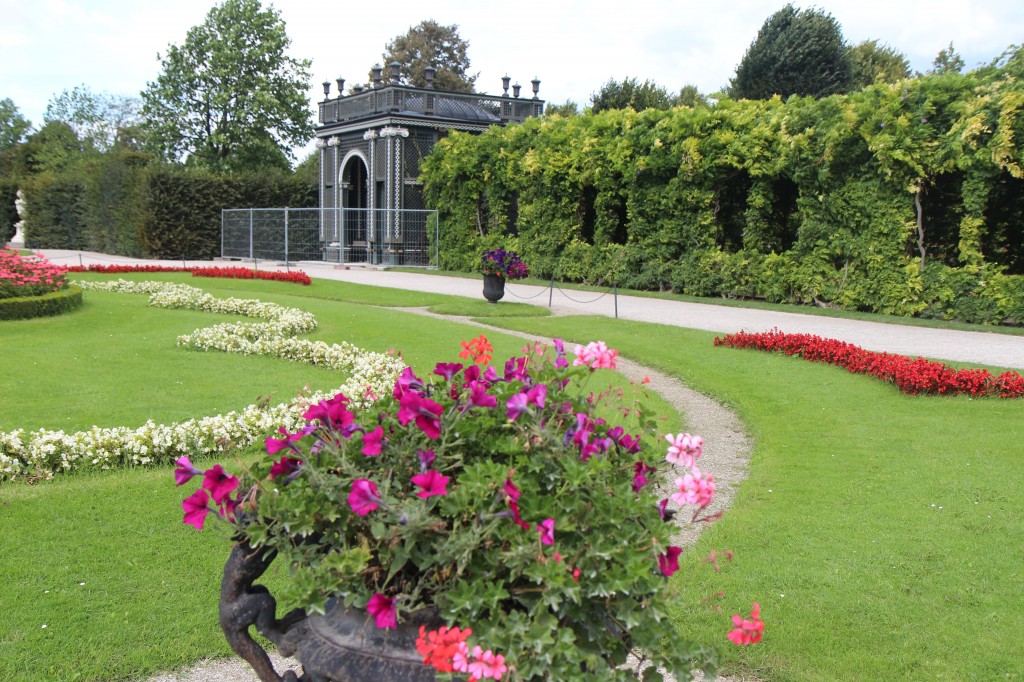
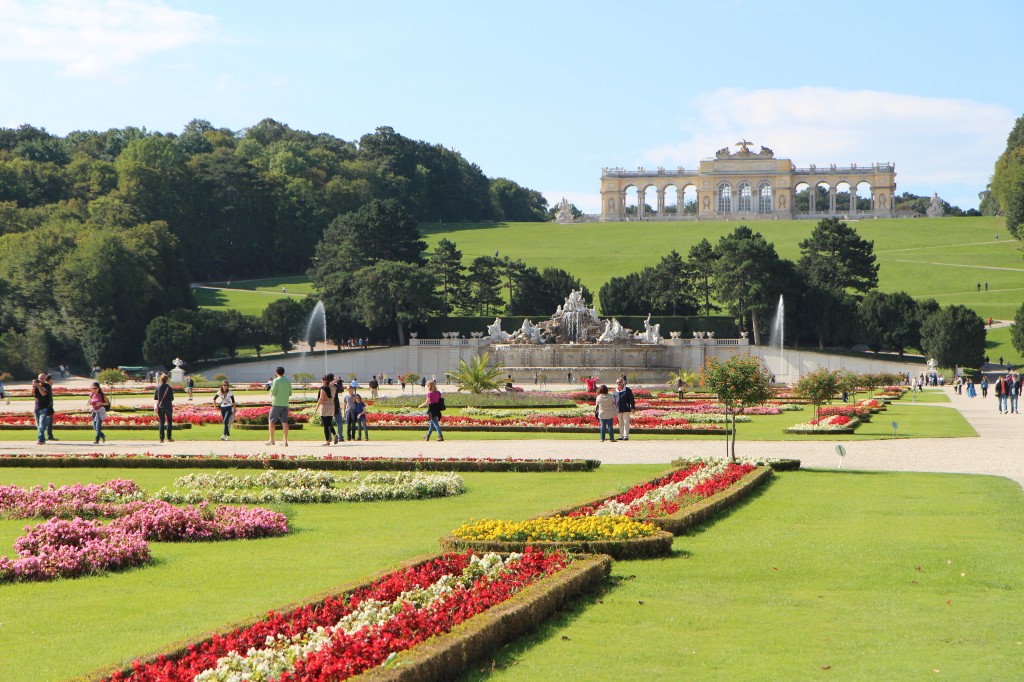
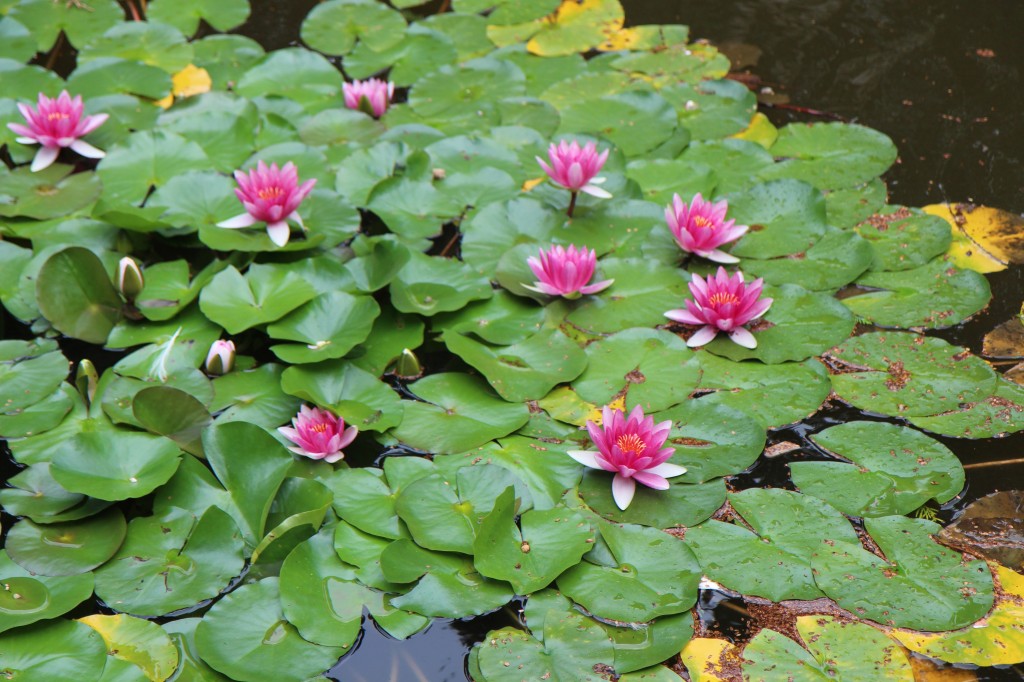
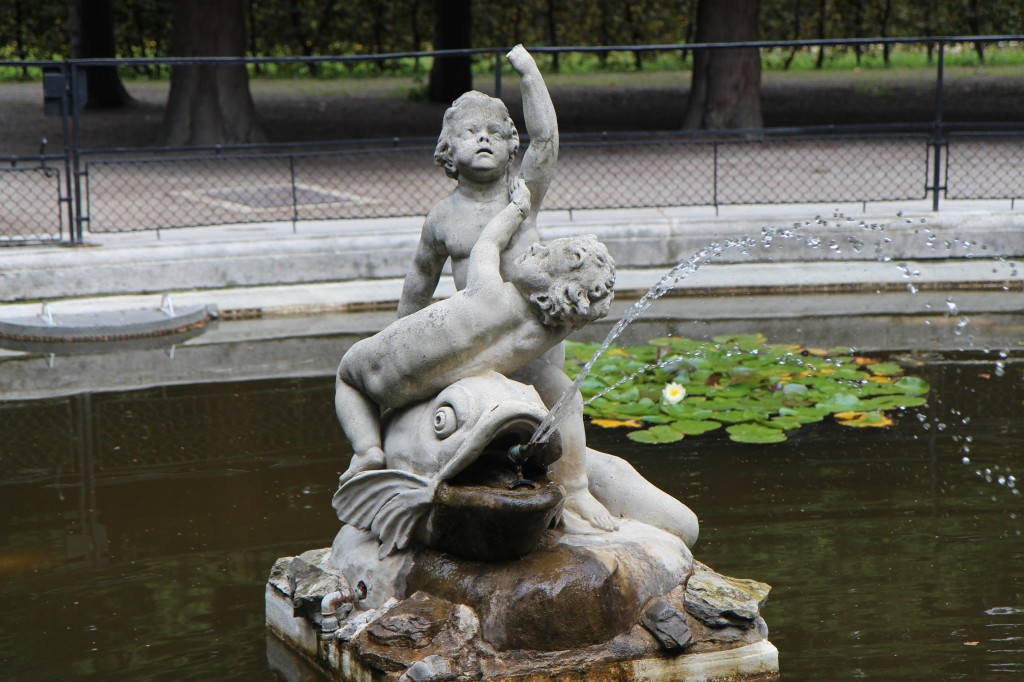
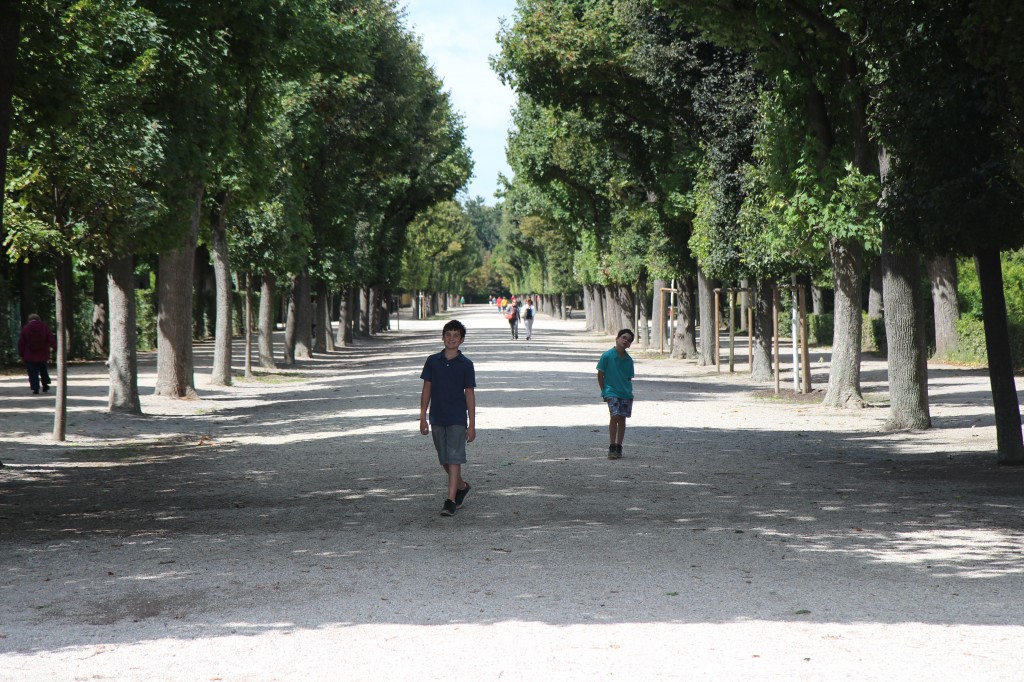
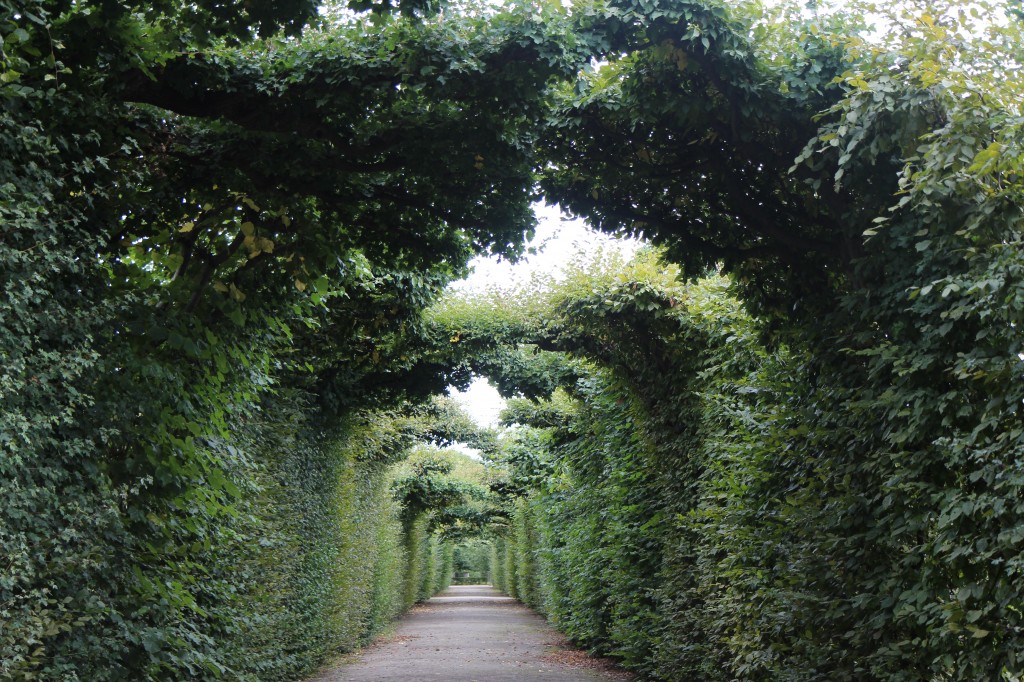
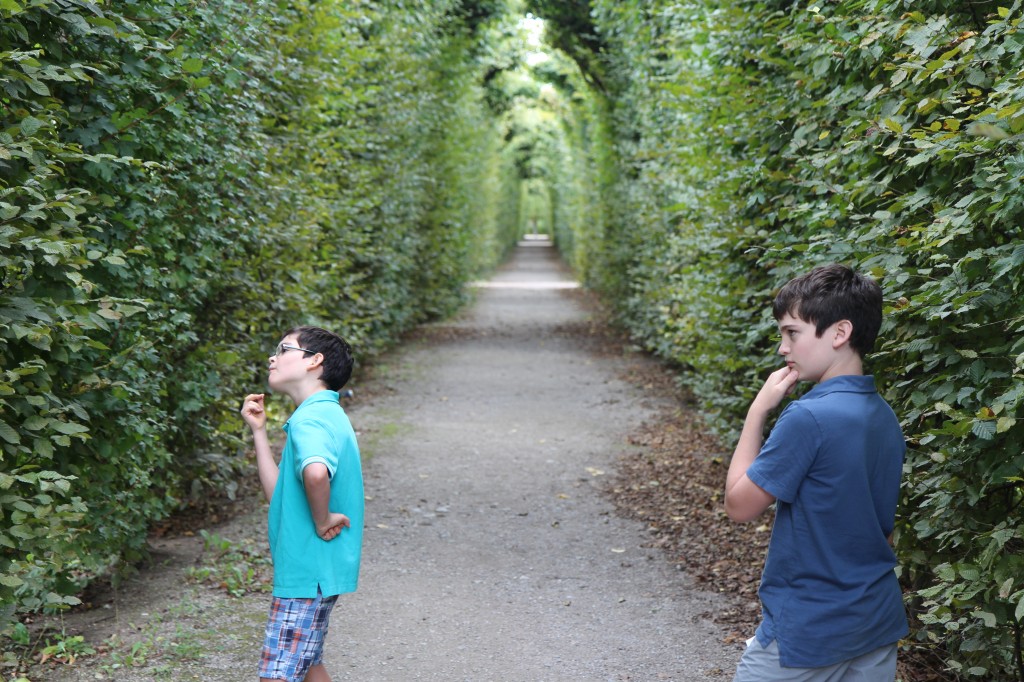
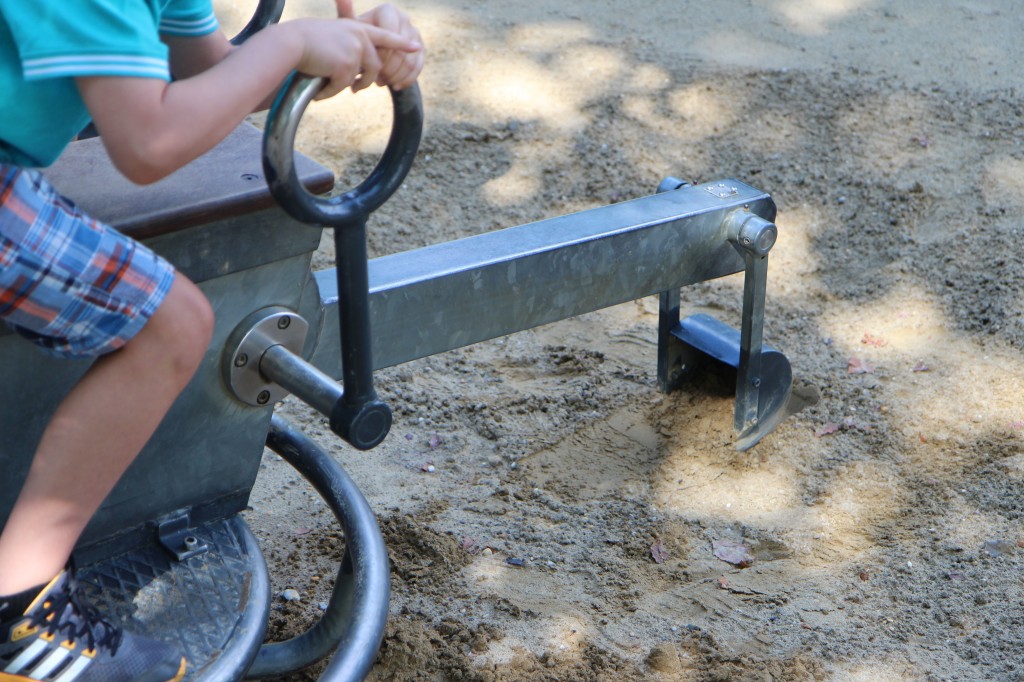
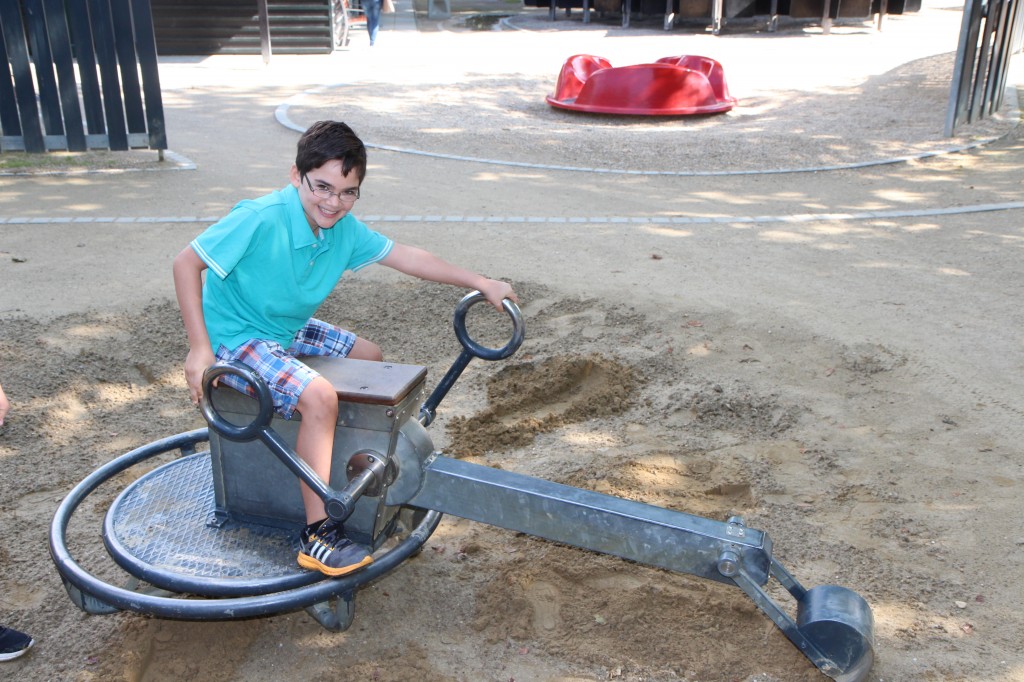
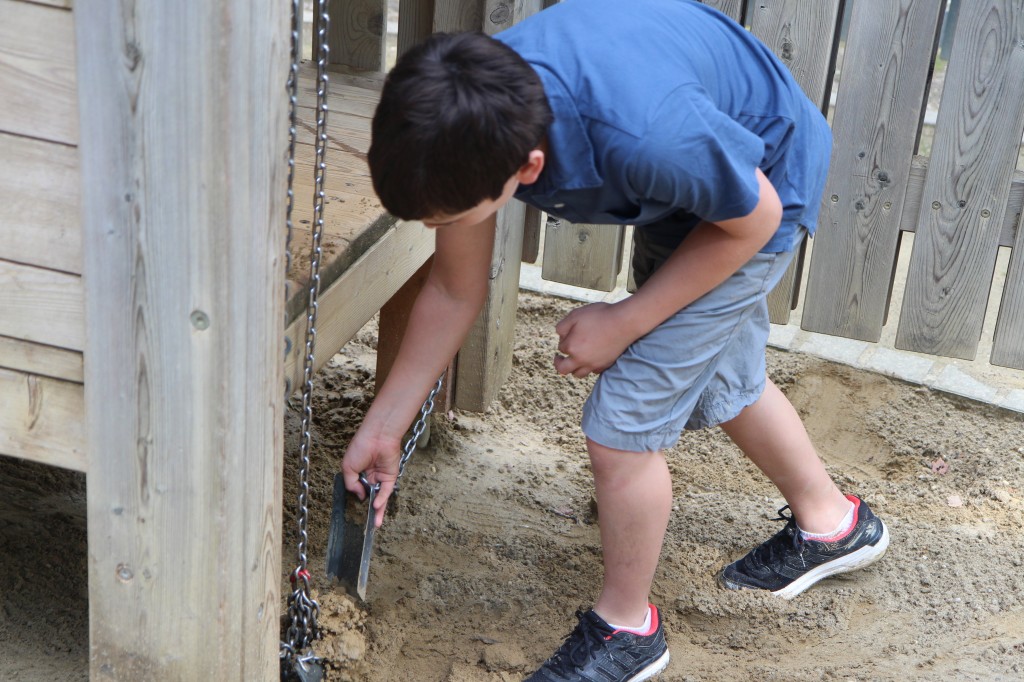
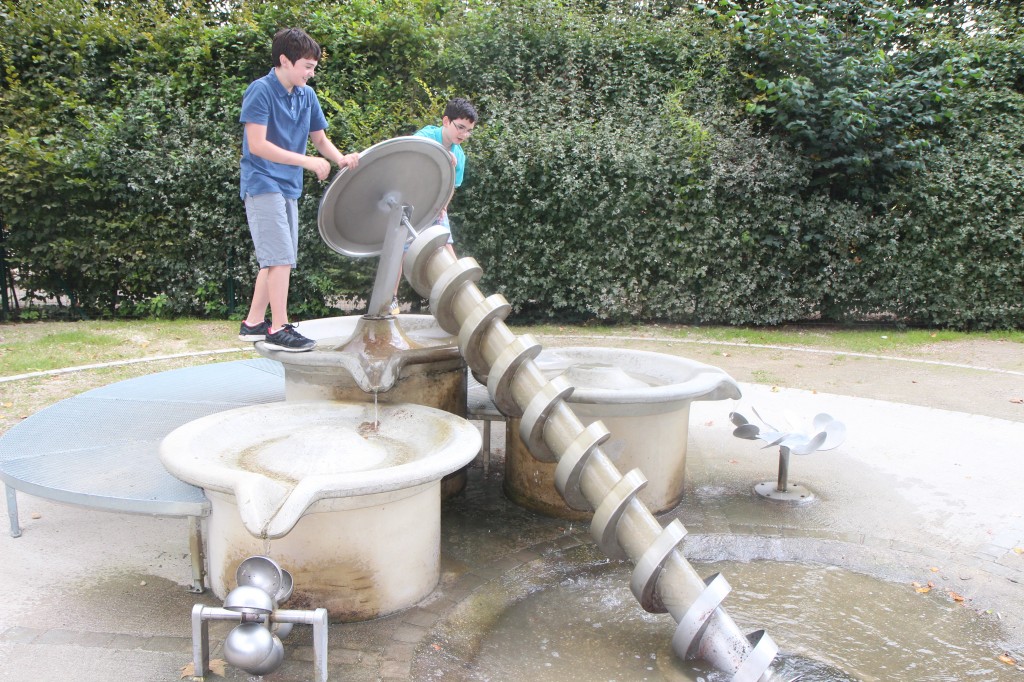
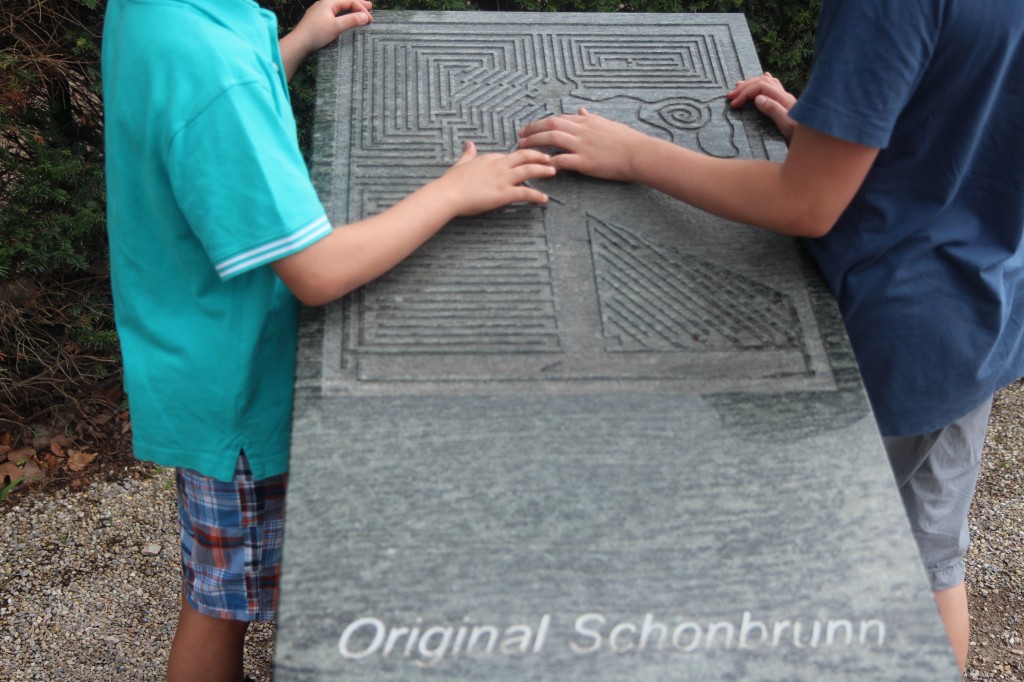
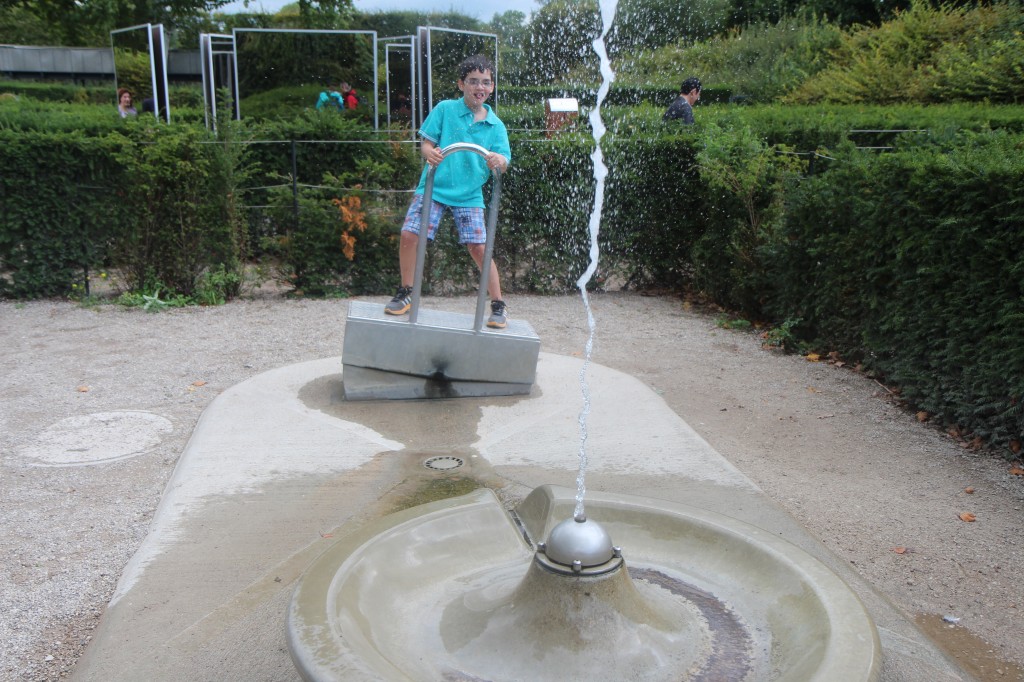
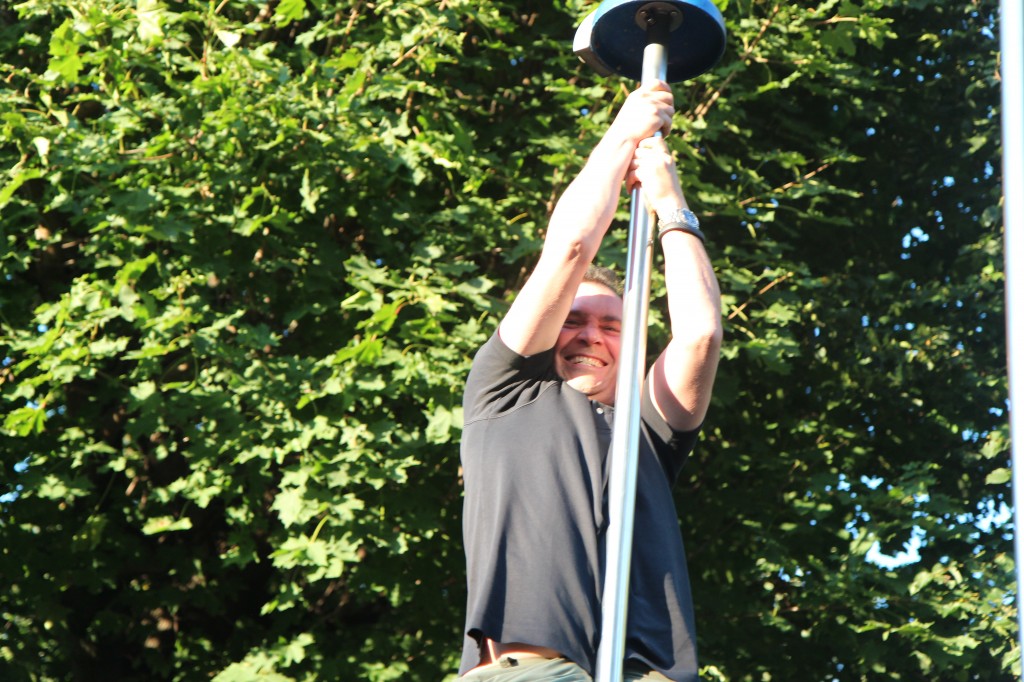
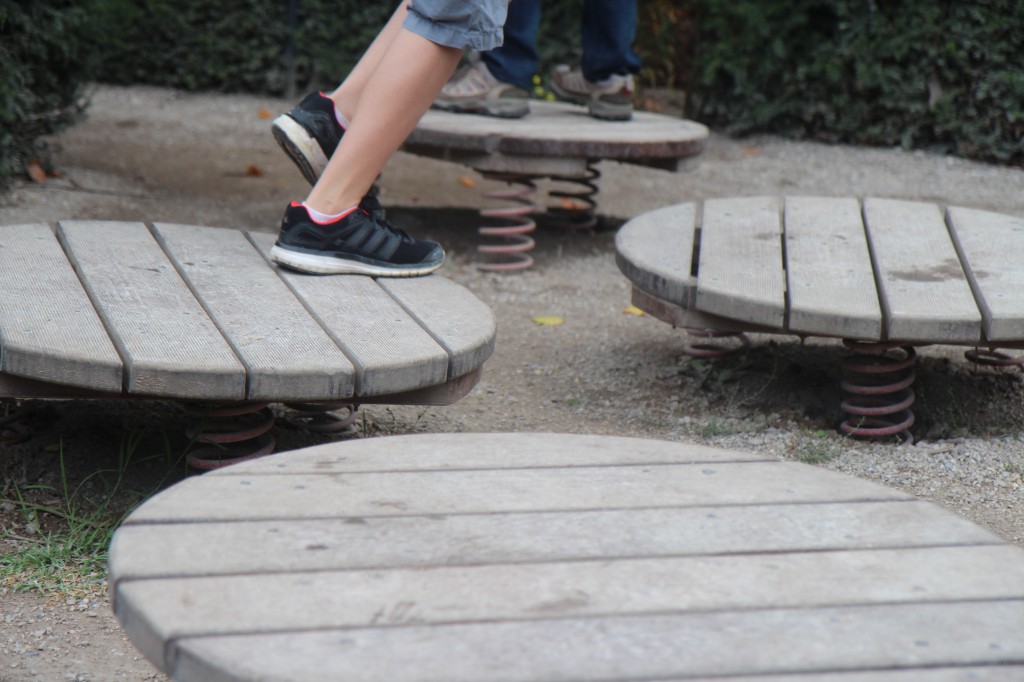
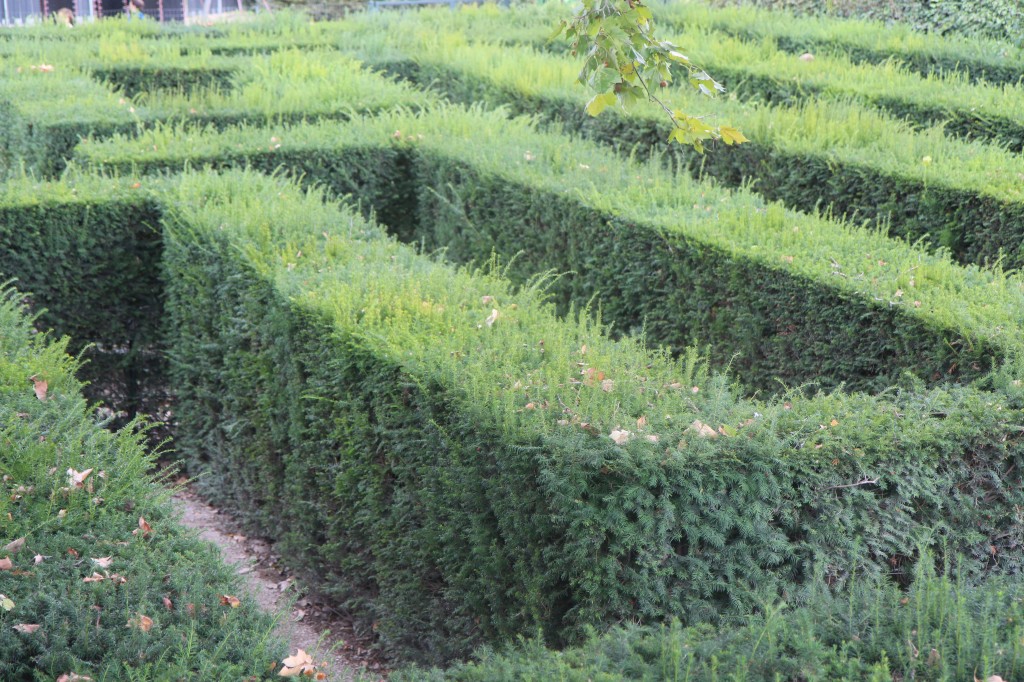
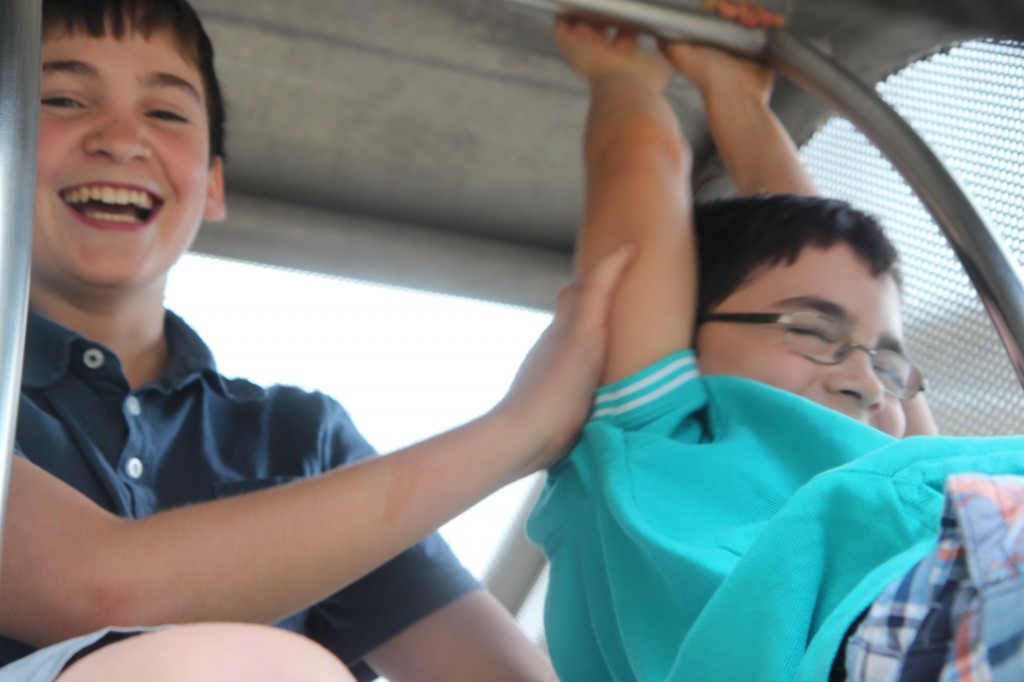
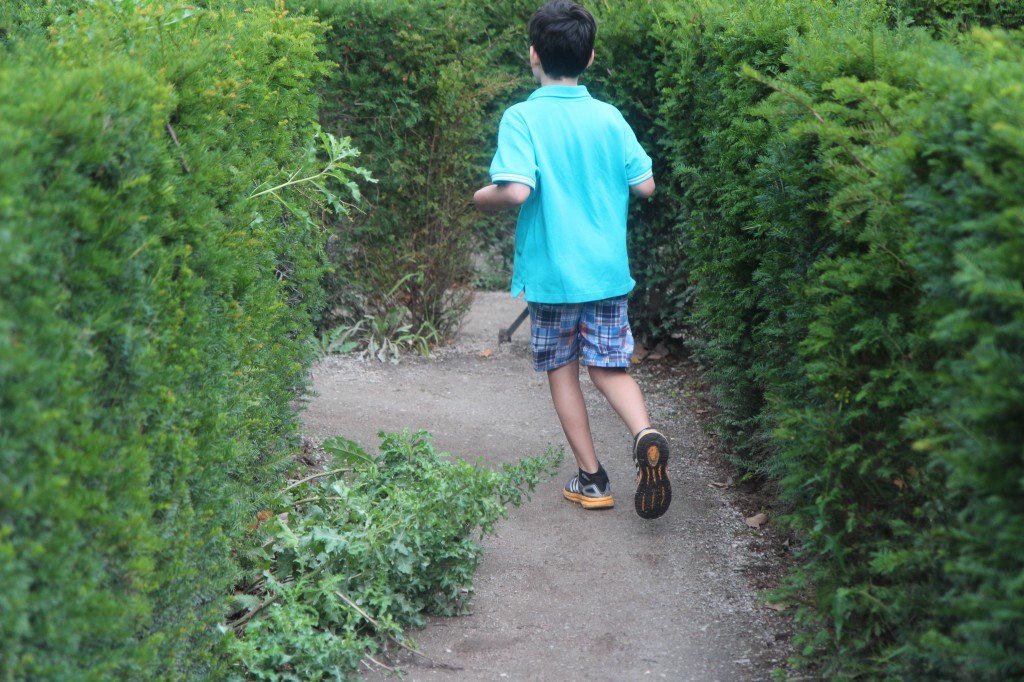
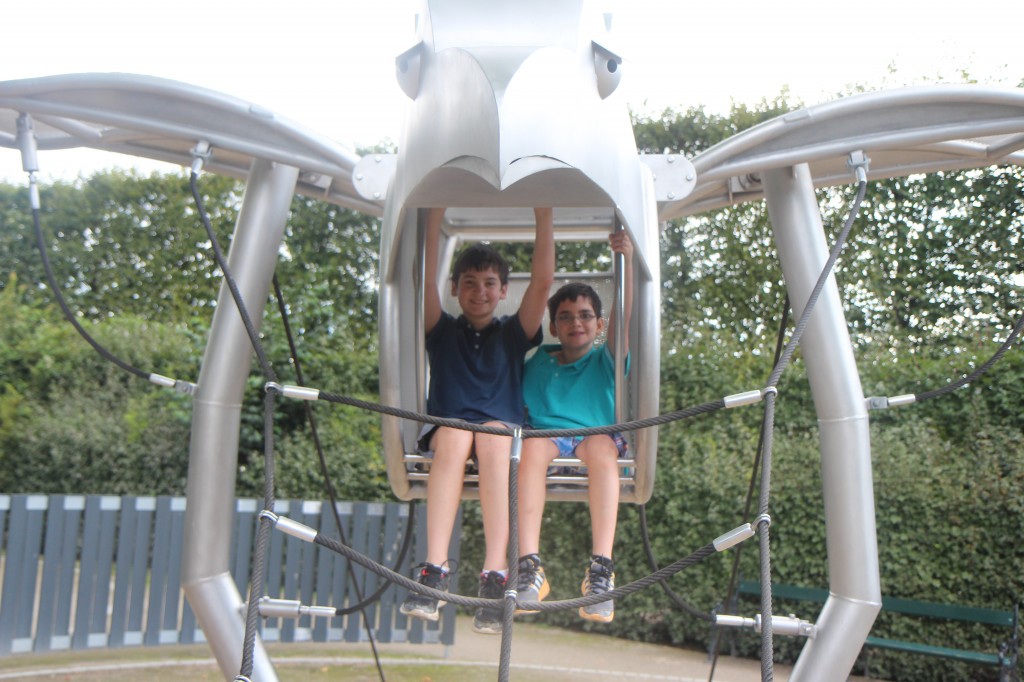
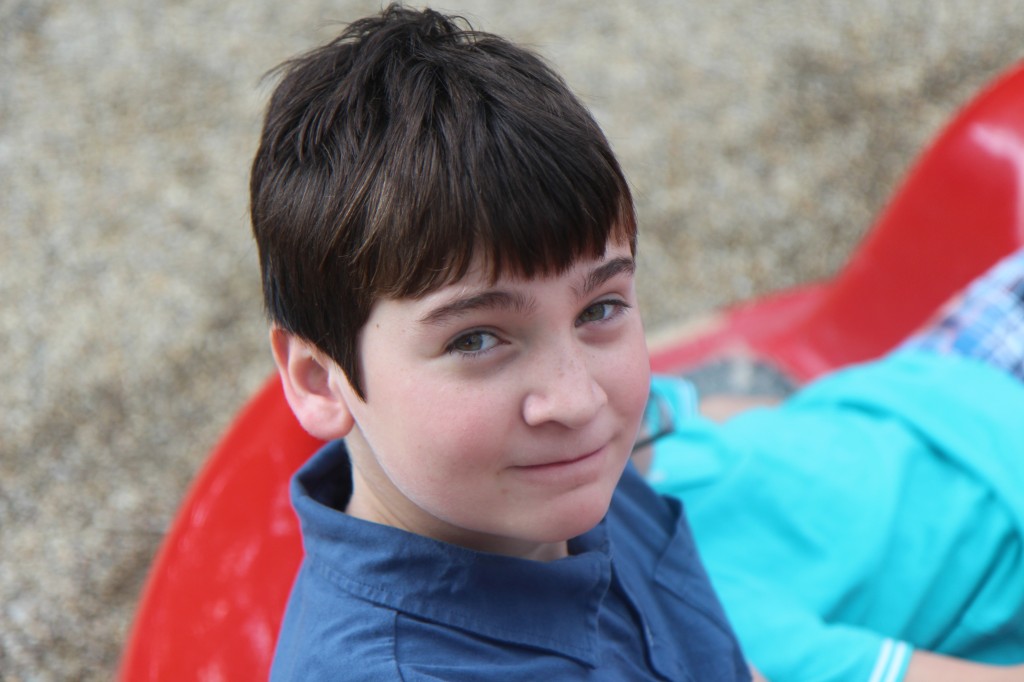
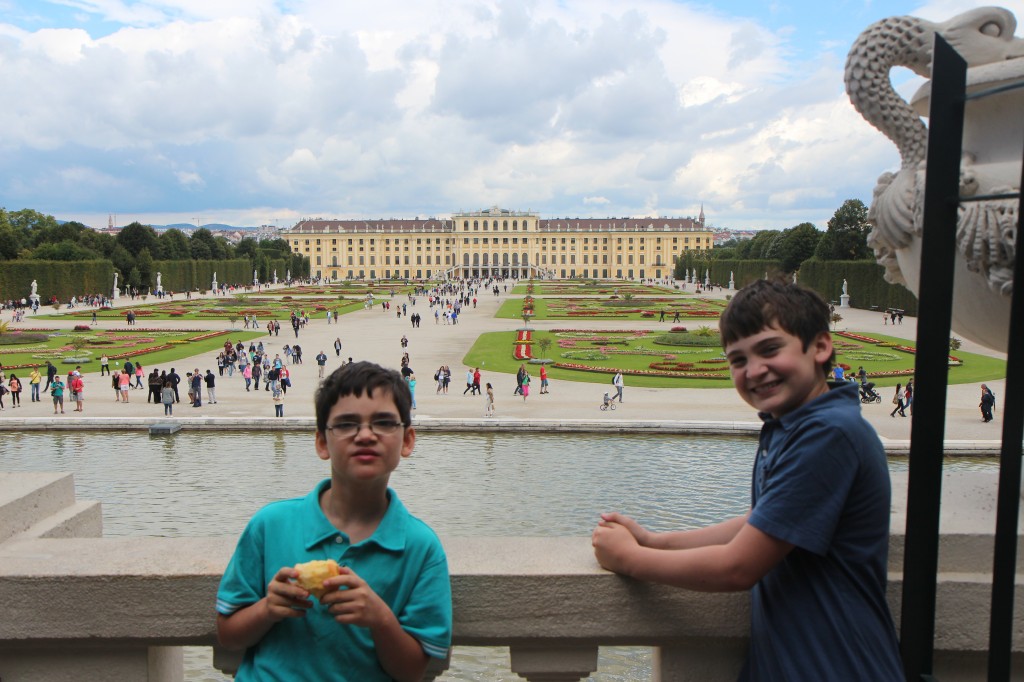
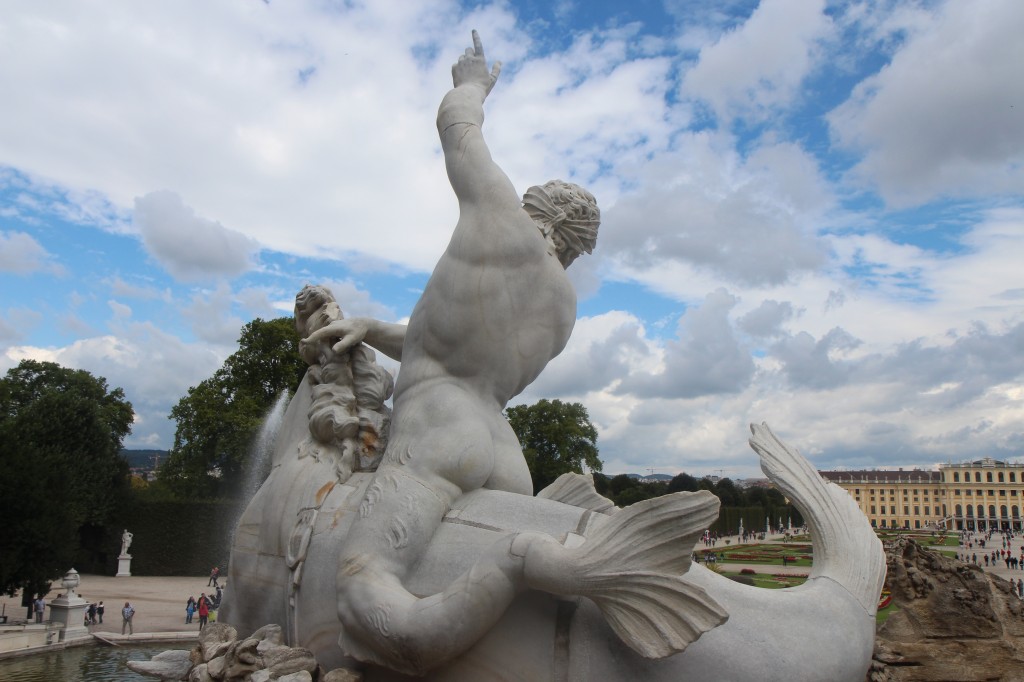
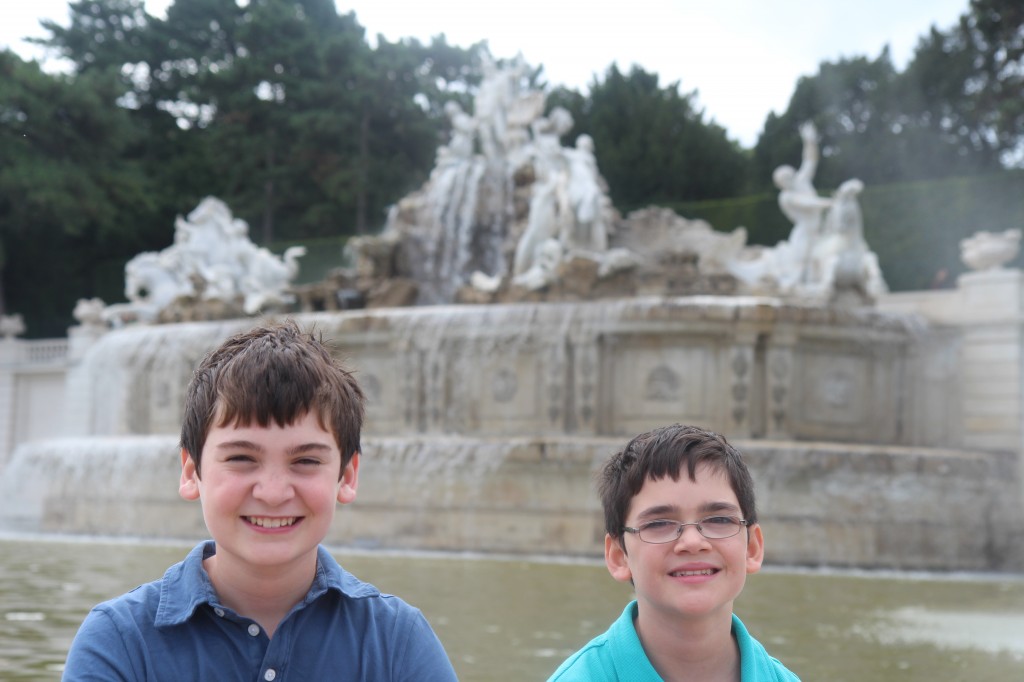
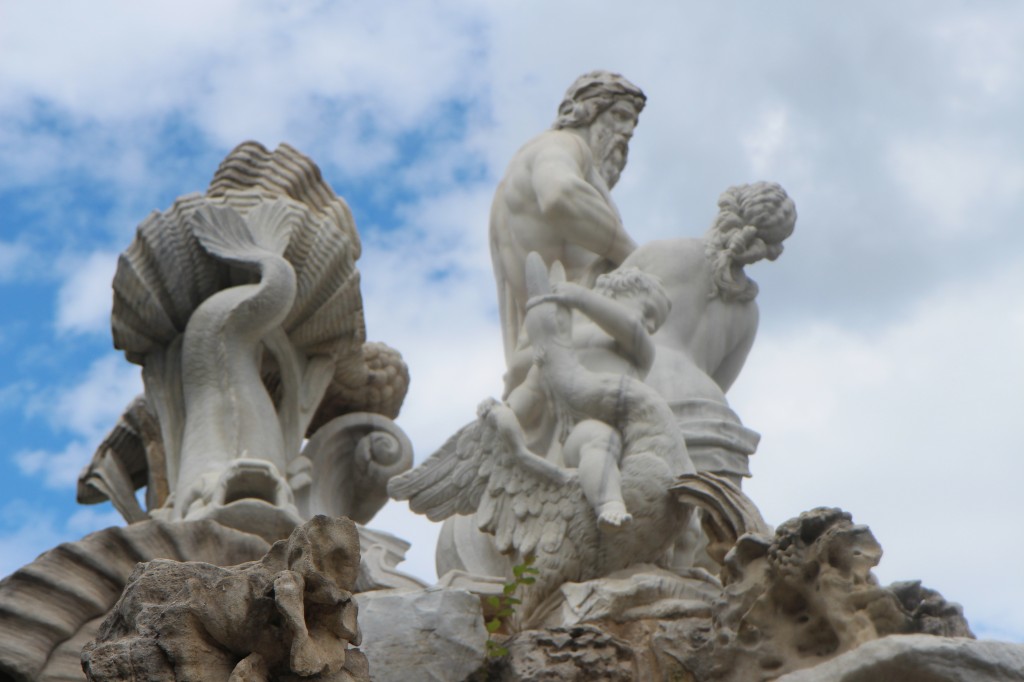
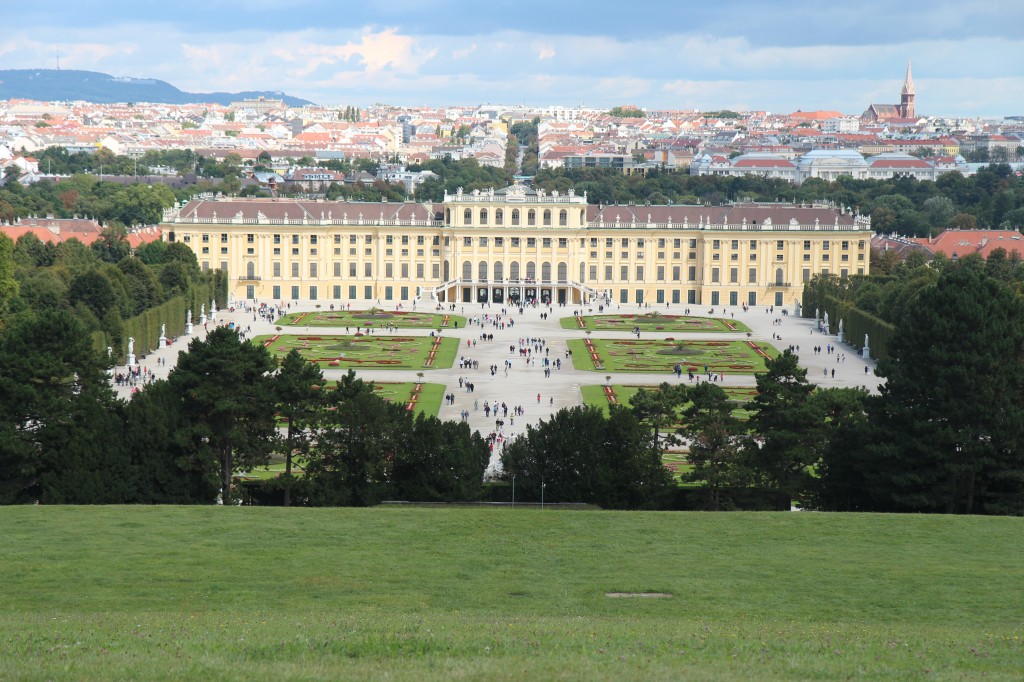
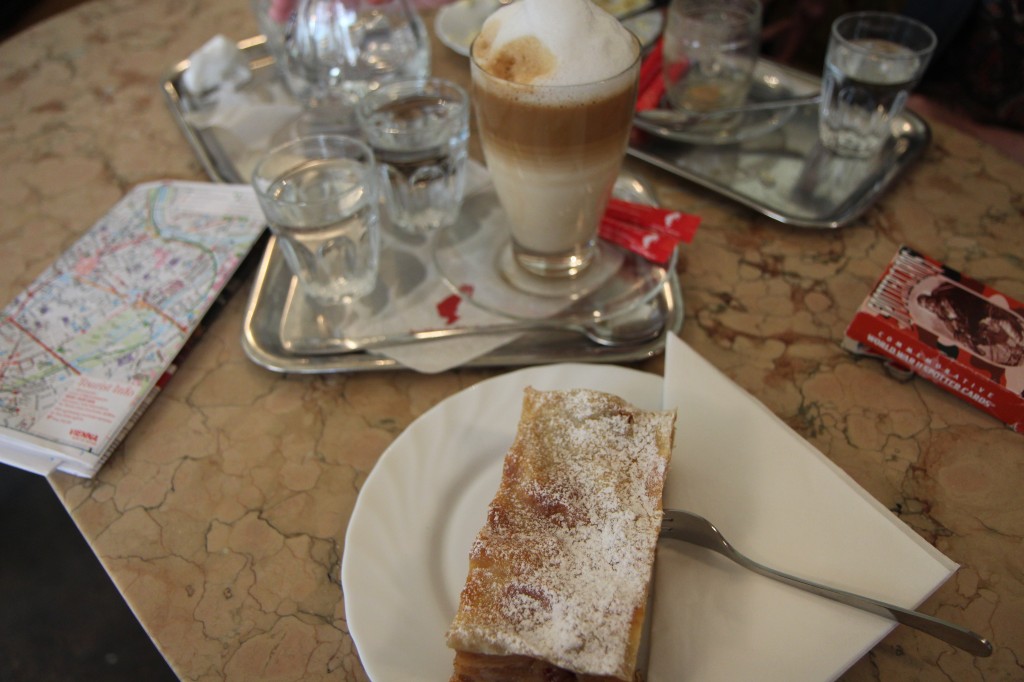
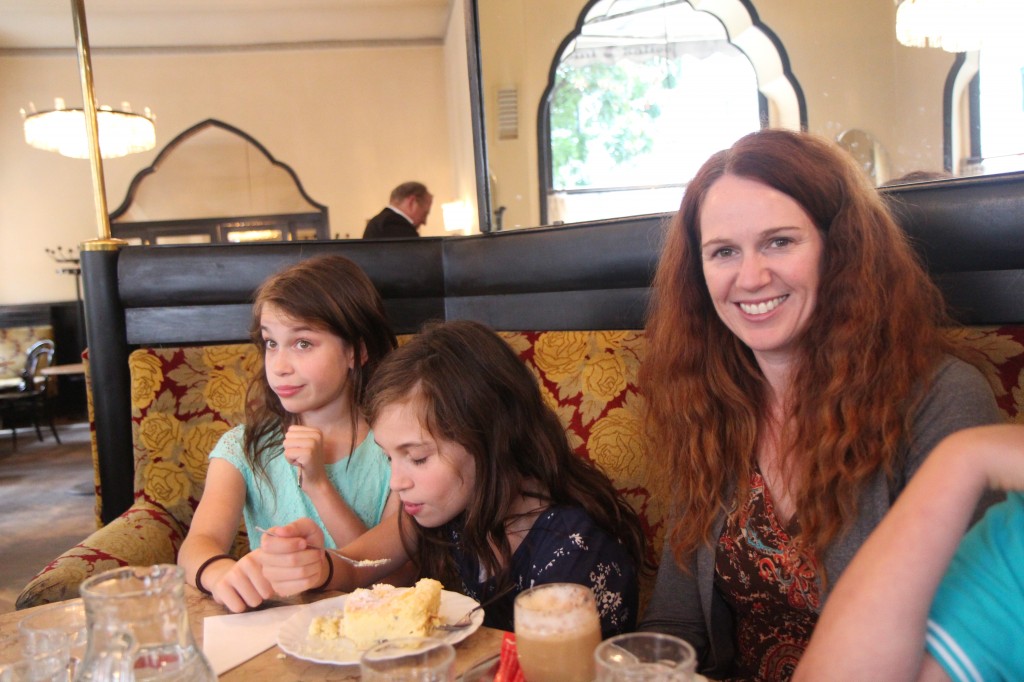
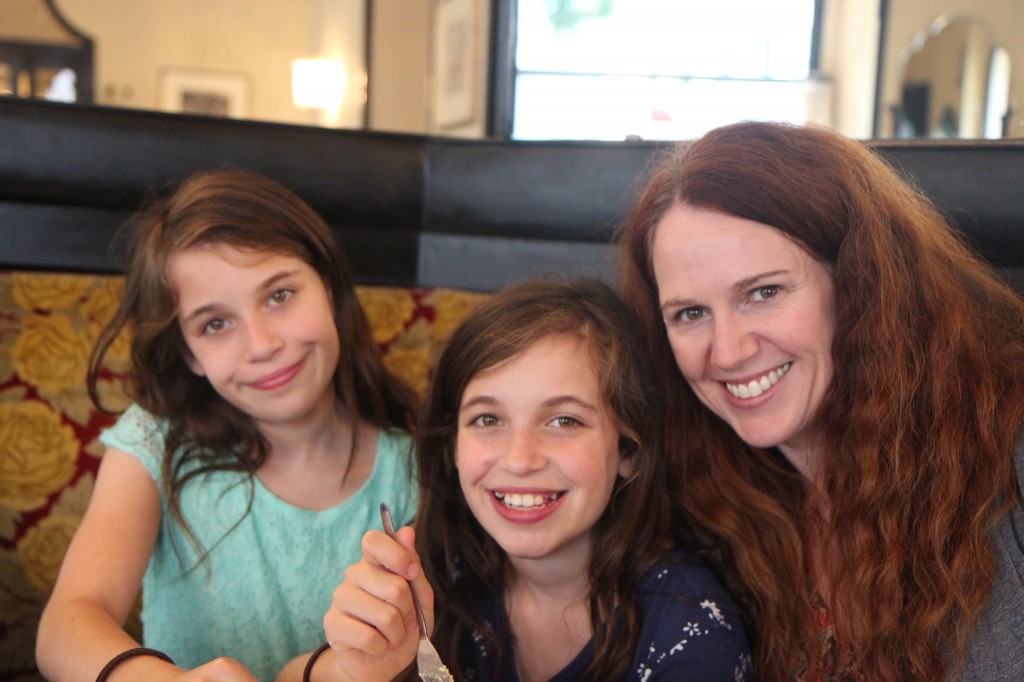
Wow! I learned so much! I love that you’re sharing your adventures this way.
So enjoying your adventures. Look forward to the next chapter along the way. Educational too. Looks like your having a wonderful time.
Sounds like living history is more fun than sitting in a classroom. Thanks as always for the words and the pics.
Wow. History coming alive in your post:)